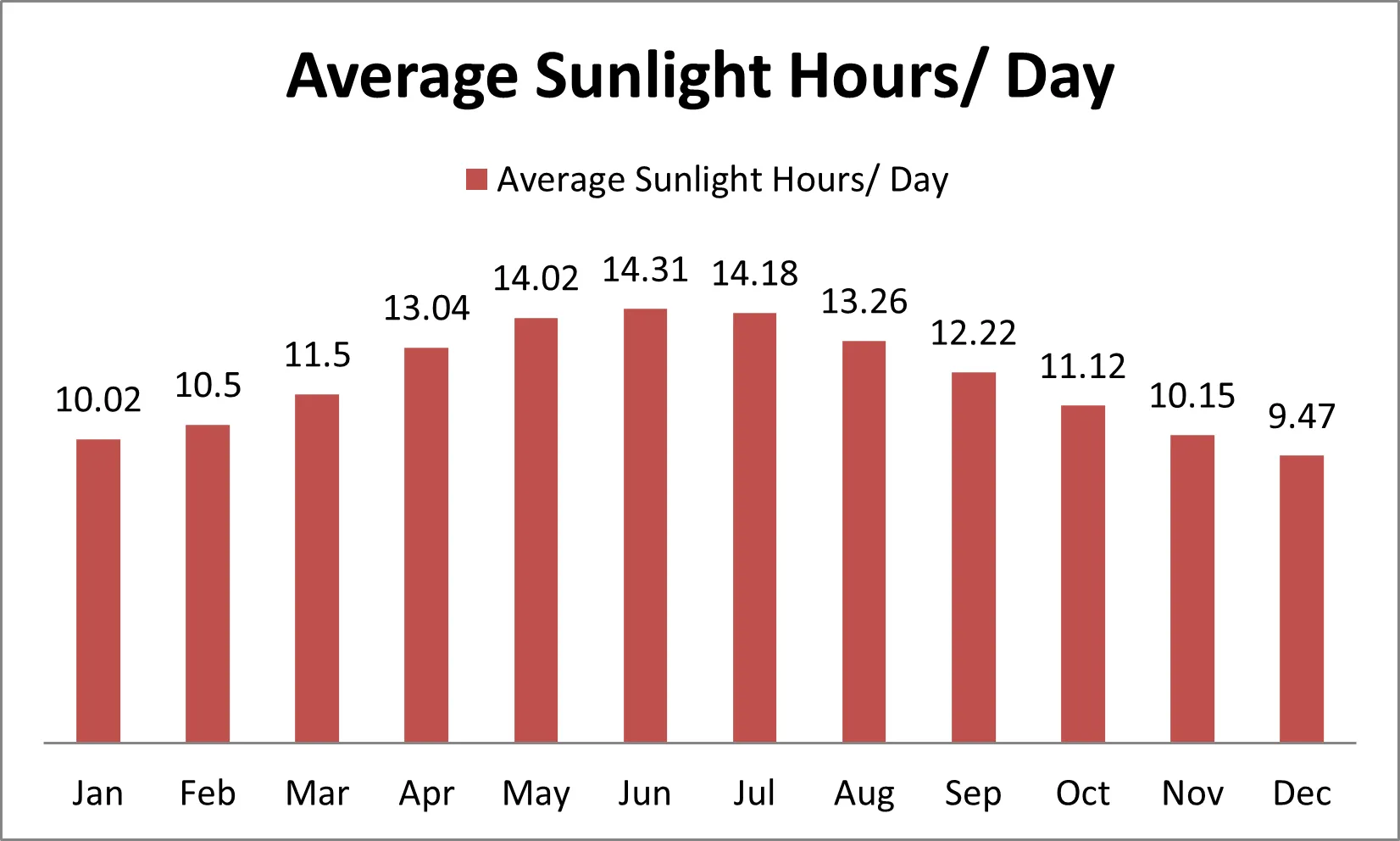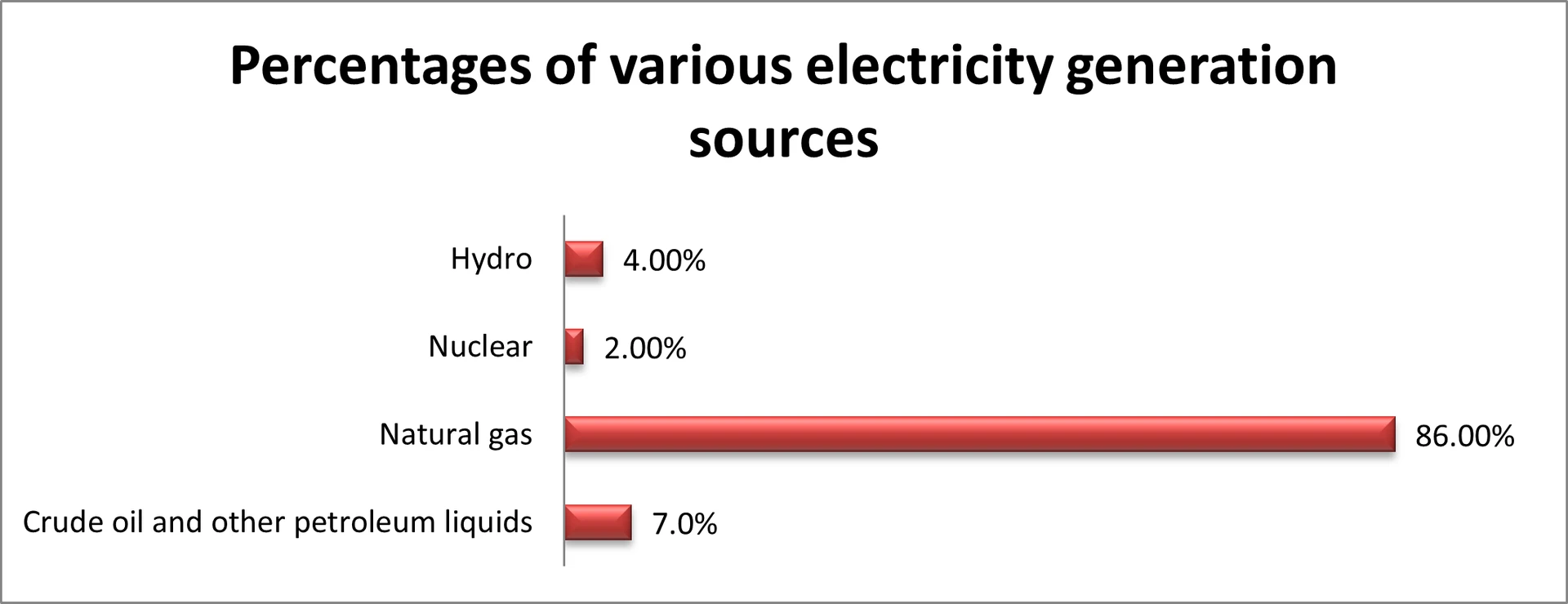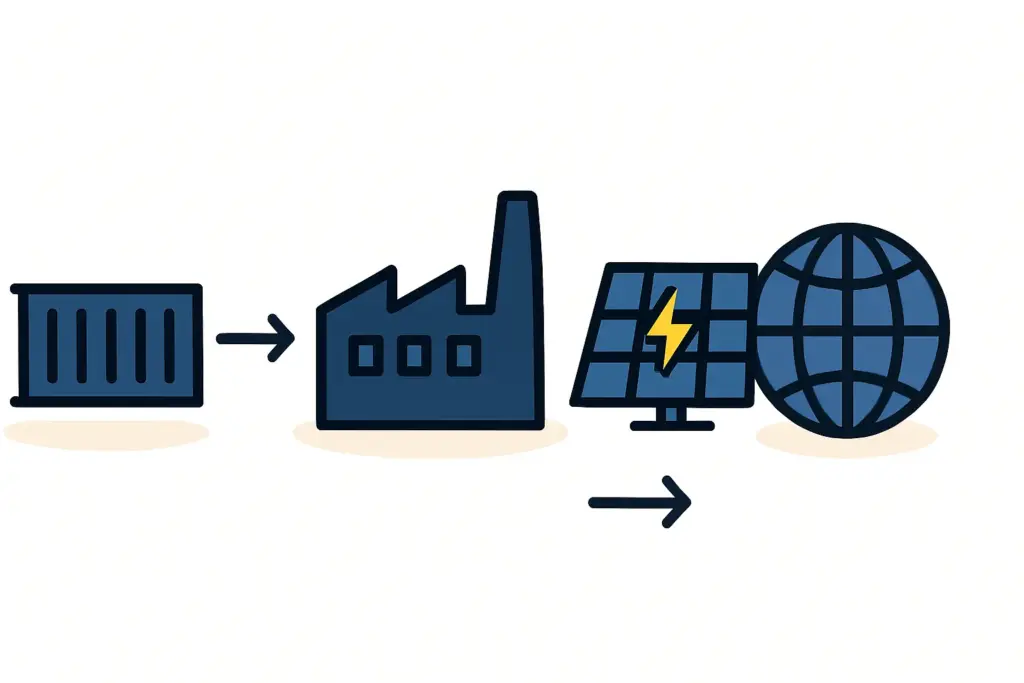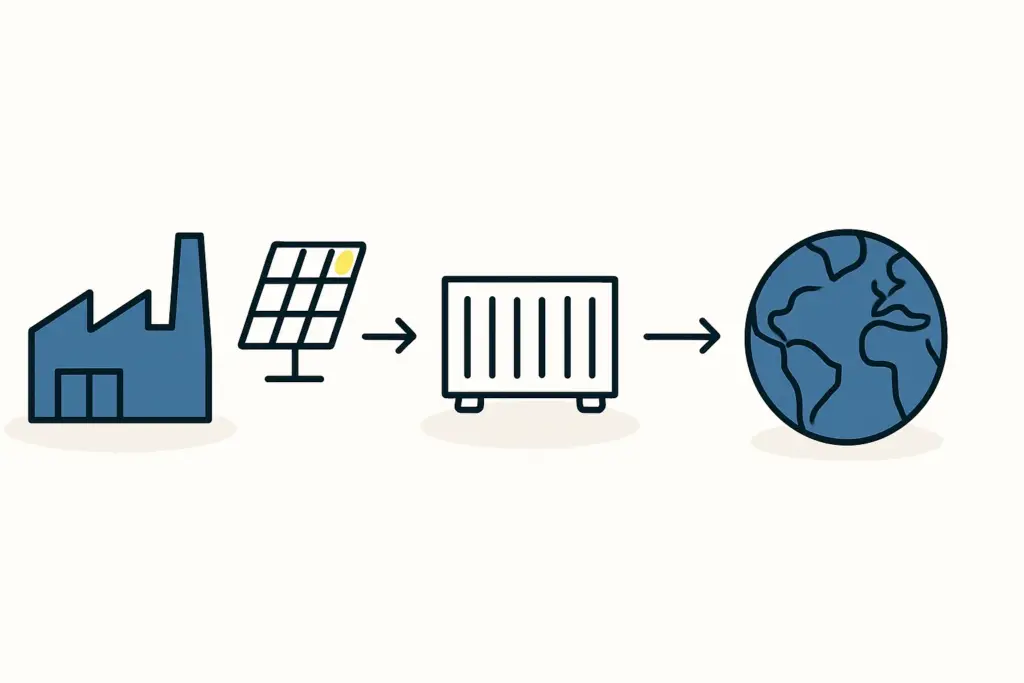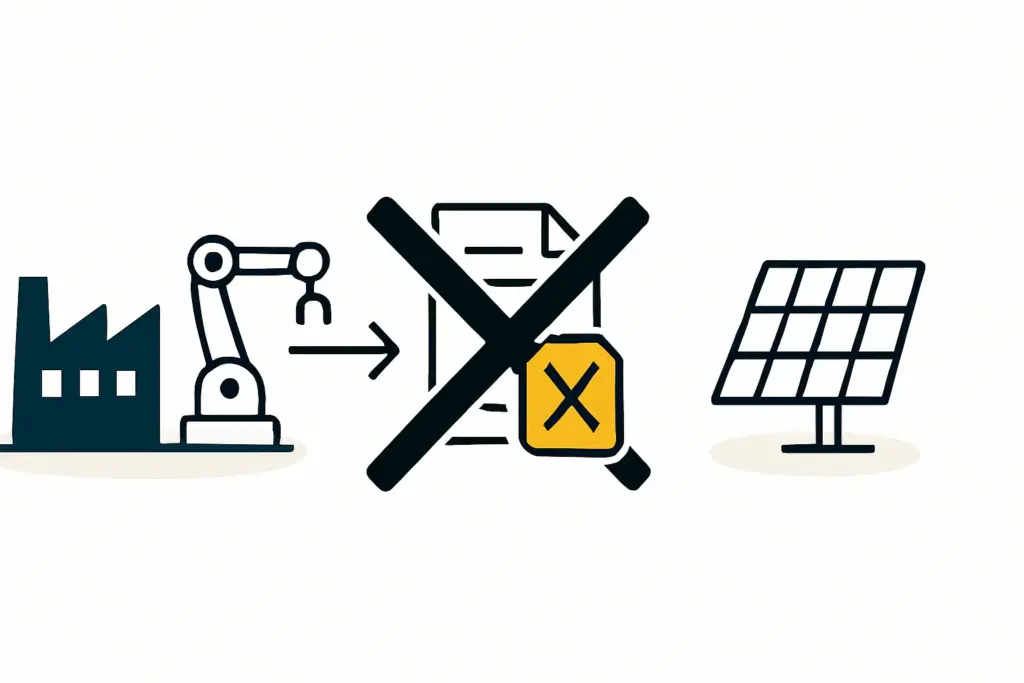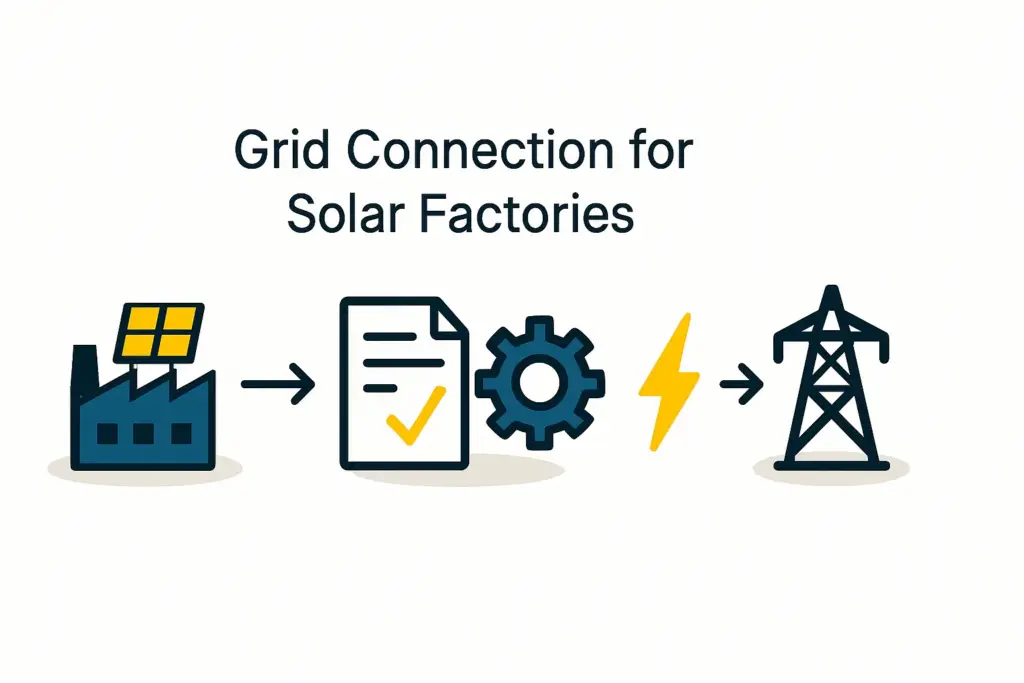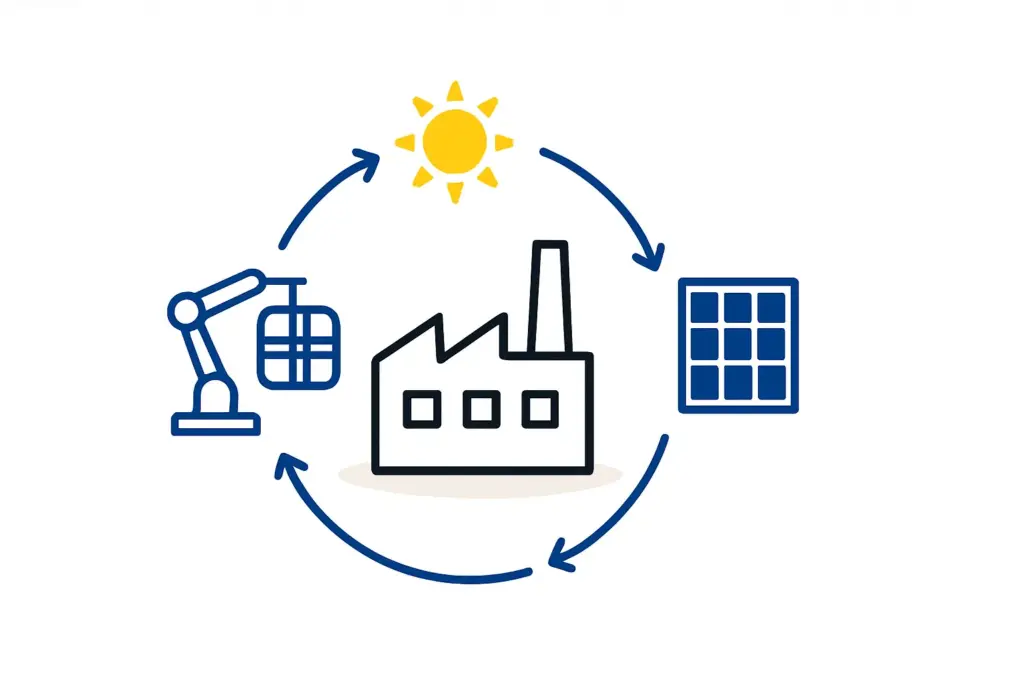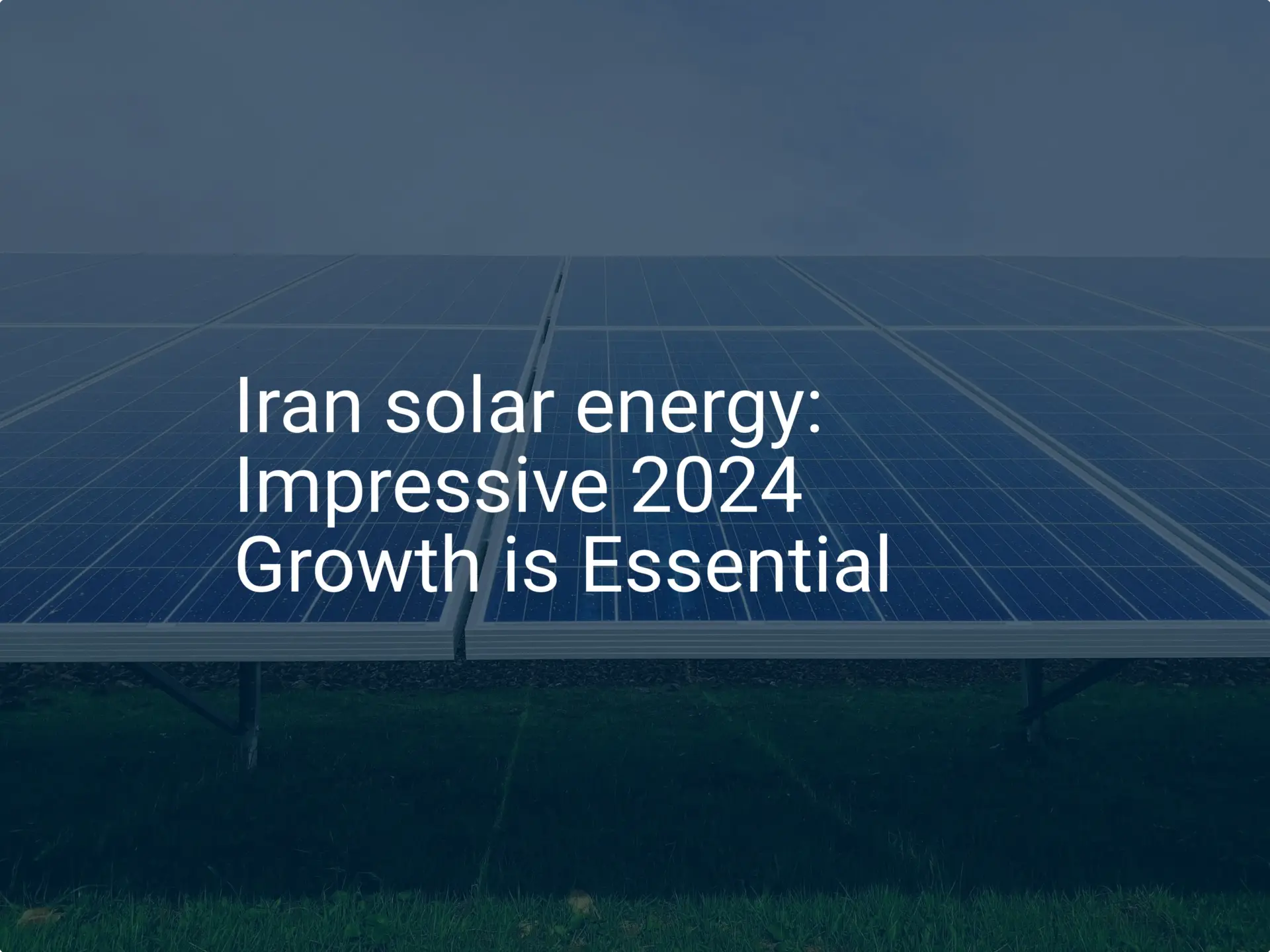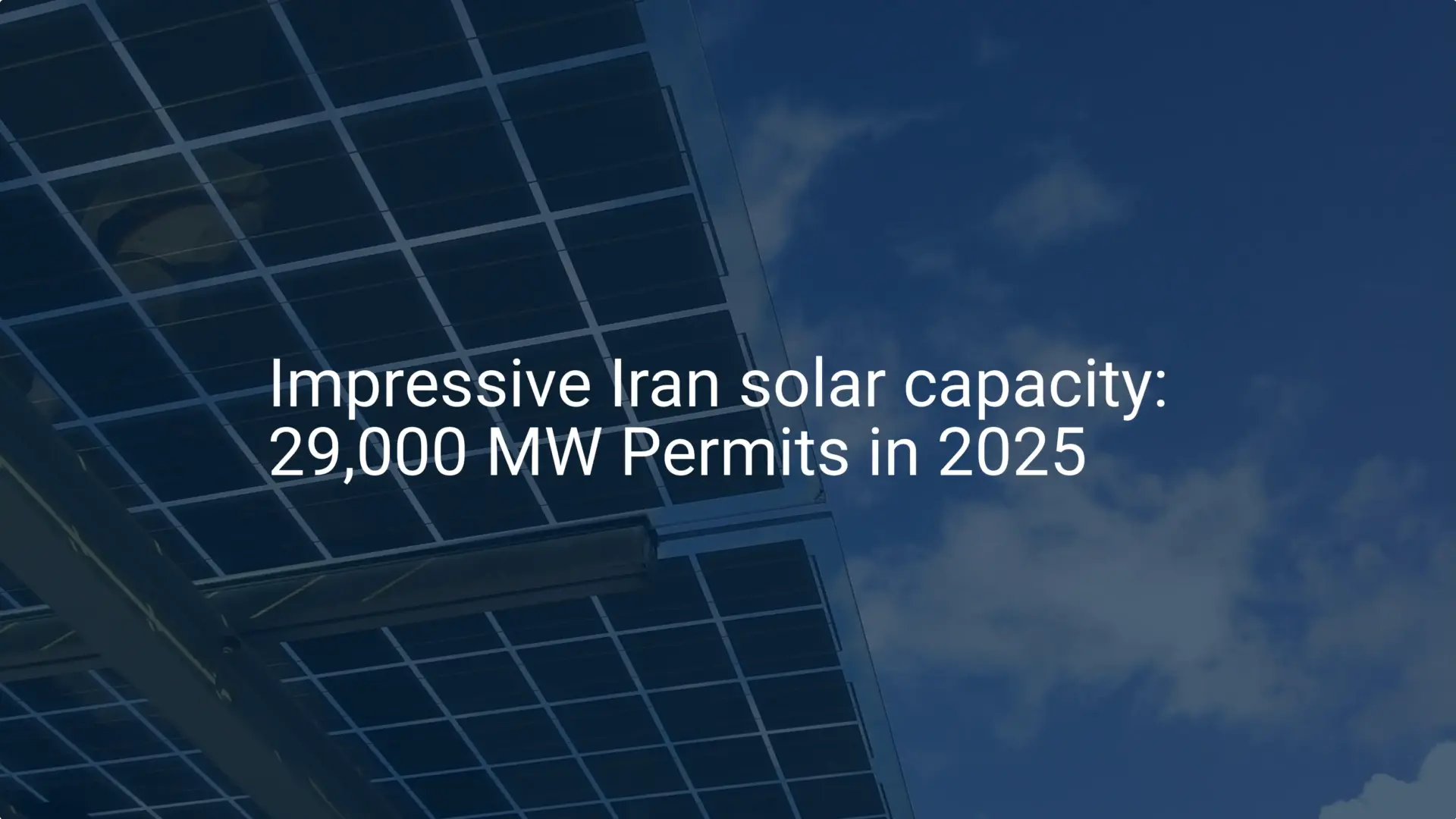Discover comprehensive insights into the statistics, market trends, and growth potential surrounding the solar panel manufacturing industry in Iran
- Climate Top. (2024). Daylight hours in Tehran, Iran. Retrieved from https://www.climate.top/iran/tehran/sunlight/
- Pirzadi, M., & Ghadimi, A. A. (2020). Performance evaluation of the first Iranian large-scale photovoltaic power plant. AUT Journal of Electrical Engineering, 52(1), 19-30. https://doi.org/10.22060/eej.2020.17593.5320
- Statista. (2024). Household electricity prices worldwide in December 2023, by select country. Retrieved from https://www.statista.com/statistics/263492/electricity-prices-in-selected-countries/
- Sinalda. (n.d.). Voltage in Iran. Retrieved from https://www.sinalda.com/world-voltages/middle-east/voltage-iran/
- Mordor Intelligence. (2024). Iran solar energy market size & share analysis – Growth trends & forecasts (2024 – 2029). Retrieved from https://www.mordorintelligence.com/industry-reports/iran-solar-energy-market and https://www.mordorintelligence.com/industry-reports/iran-solar-energy-market#:~=In%202022%2C%20around%2083%20MW,at%20the%20end%20of%202022.
- Shokri, U. (2024). Iran’s renewable energy aspirations and geopolitical challenges. Retrieved from https://gulfif.org/irans-renewable-energy-aspirations-and-geopolitical-challenges/#:~=Iran%20has%20set%20ambitious%20targets,Government%20Initiatives%20and%20Investments
- International Renewable Energy Agency (IRENA). (2018). Renewable power generation costs in 2018. Retrieved from https://www.irena.org/-/media/Files/IRENA/Agency/Publication/2019/May/IRENA_Renewable-Power-Generations-Costs-in-2018.pdf
- Low Carbon Power. (2024). Electricity in Iran in 2023. Retrieved from https://lowcarbonpower.org/region/Iran
- Khatinoglu, D. (2024). Iran’s gas shortage spirals out of control amidst electricity crisis. Retrieved from https://www.iranintl.com/en/202407294923#:~=During%20the%20summer%2C%20Iran%20faces,at%20least%20%248%20billion%20annually
- Tehran Times. (2024). Solar panels to provide nomads with electricity. Retrieved from https://www.tehrantimes.com/news/490771/Solar-panels-to-provide-nomads-with-electricity
- Encyclopedia. (n.d.). Solar power plants in Iran. Retrieved from https://encyclopedia.pub/entry/17841
- Chandak, P. (2024). Iran advances solar park construction with plans for 17 parks nationwide. Retrieved from https://solarquarter.com/2024/02/22/iran-advances-solar-park-construction-with-plans-for-17-parks-nationwide/#google_vignette
- Khorshidsam. (2024). Applications of solar energy in Iran. Retrieved from https://khorshidsam.com/en/blog/environment-en/applications-of-solar-energy-in-iran/#:~=In%20remote%20and%20rural%20areas,connected%20to%20the%20national%20grid
- Report. (2024). Iran boosts solar panel production, eyes global market. Retrieved from https://report.az/en/other-countries/iran-boosts-solar-panel-production-eyes-global-market/
- World Salaries. (2024). Average solar thermal technician salary in Tehran, Iran for 2024. Retrieved from https://worldsalaries.com/average-solar-thermal-technician-salary-in-tehran/iran/
- Worldometer. (2024). Population of Iran. Retrieved from https://www.worldometers.info/world-population/iran-population/
- Bourse and Bazaar. (2018). For Iran warehouse, ‘unglamorous’ logistics real estate offers resilience and returns. Retrieved from https://www.bourseandbazaar.com/articles/2018/4/9/for-iran-warehouse-unglamorous-logistics-real-estate-offers-resilience-and-returns
- Tehran Offers. (2024). Rent office in Tehran. Retrieved from https://tehranoffers.com/property-type/rent-office-in-tehran/
- Enerdata. (2024). Iran energy report. Retrieved from https://www.enerdata.net/estore/country-profiles/iran.html#:~:text=Energy%20Prices&text=Electricity%20prices%20have%20doubled%20since%202019%20for%20both%20households%20(US,country’s%20electricity%20consumption%20by%2010%25.
- Ember. (2024). Islamic Republic of Iran. Retrieved from https://ember-climate.org/countries-and-regions/countries/iran/
- ResearchGate. (n.d.). Iranian 230- and 400-kV transmission network. Retrieved from https://www.researchgate.net/figure/Iranian-230-and-400-kV-transmission-network_fig5_260497777
- Enerdata. (2024). Iran energy information. Retrieved from https://www.enerdata.net/estore/energy-market/iran/#:~=Power%20Consumption,the%20oil%20and%20gas%20sector
- U.S. Energy Information Administration (EIA). (2022). Country analysis executive summary: Iran. Retrieved from https://www.eia.gov/international/content/analysis/countries_long/Iran/pdf/iran_exe.pdf
- Nami Associates. (2018). The legal framework for renewable energy in Iran. Retrieved from https://www.lexology.com/library/detail.aspx?g=f8babca0-3056-4e82-895a-e41d99ec0de7
- Power Technology. (n.d.). Tose E Energy Khorshidi Ghadir Qom solar PV park, Iran. Retrieved from https://www.power-technology.com/data-insights/power-plant-profile-tose-e-energy-khorshidi-ghadir-qom-solar-pv-park-iran/
- MAPNA Group. (2023). MAPNA, Mobarakeh Steel Co. sign contract for building Iran’s biggest solar farm. Retrieved from https://mapnagroup.com/21155/mapna-builds-largest-solar-farm/?lang=en
- Emiliano, 2022, Iran launches tender for 4 GW of solar, https://www.pv-magazine.com/2022/04/28/iran-launches-tender-for-4-gw-of-solar/

